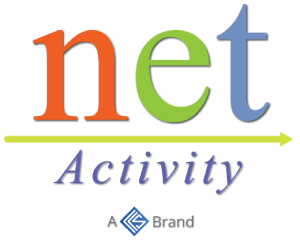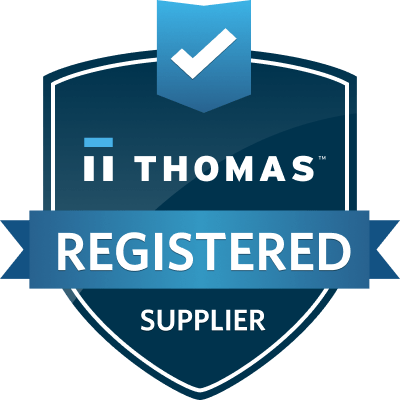Should You Consider Reducing Your Organization’s Printing Costs?
Cutting costs in the workplace doesn’t always mean eliminating services you don’t need or eliminating positions that aren’t necessary. One of the easiest ways to make it happen is by taking a closer look at printing costs. By carefully analyzing and controlling your printing resources, you can minimize the amount of assets you invest in printing and save a considerable amount of revenue.
It should be mentioned that the specifics of how to cut costs related to your organization’s printing will largely depend on your current costs in the workplace. Your business uses printers, paper and ink/toner (depending on the device used) and filing cabinets to store all of your documents. All of this doesn’t even include time and resources spent making sure that these devices are being managed and maintained properly.
We can help your organization overcome the many struggles that a business faces when suffering from printing costs.
Upgrade Your Printers
If you’re using outdated printing technology, your business could benefit from a hardware refresh. For example, some businesses that use old ink-jet printers can benefit from using a laser printer, as they are generally considered more efficient with their print jobs and the costs associated with printing over an extended period of time.
Manage Your Resources More Efficiently.
Cutting out printing as a whole might not be possible, so you should instead identify how you can better spend your resources. Your business can make more efficient use of resources by closely monitoring how much of what you use to cut down on waste. Sometimes all it takes is changing settings on computers and printers and storing the right surplus without risking running out of resources.
Go Paperless
Loose papers can make any office look messy and disorganized. Physical documents are simply too hard to keep track of in an office environment. A document management system can help your business better manage its files in a digital environment, which means no more digging through bulky filing cabinets or manually searching for files. You might be surprised by how much time you can save with this.
When it comes to printing costs, Net Activity can help you maximize your return on investment for your printing solutions. To learn more, reach out to us at 216-503-5150.





